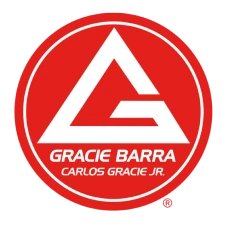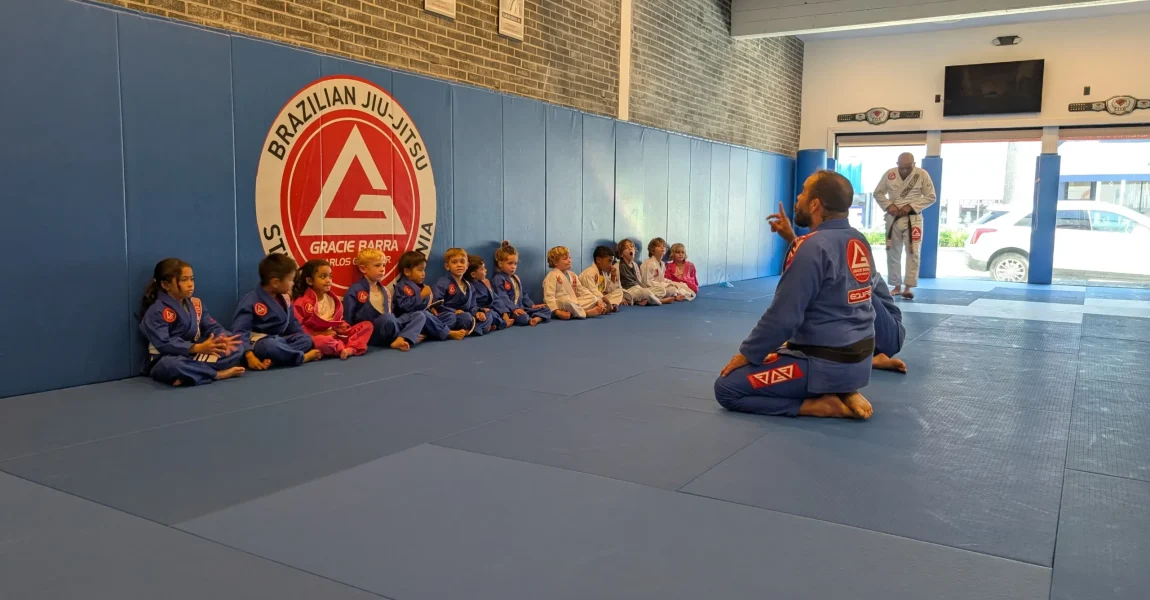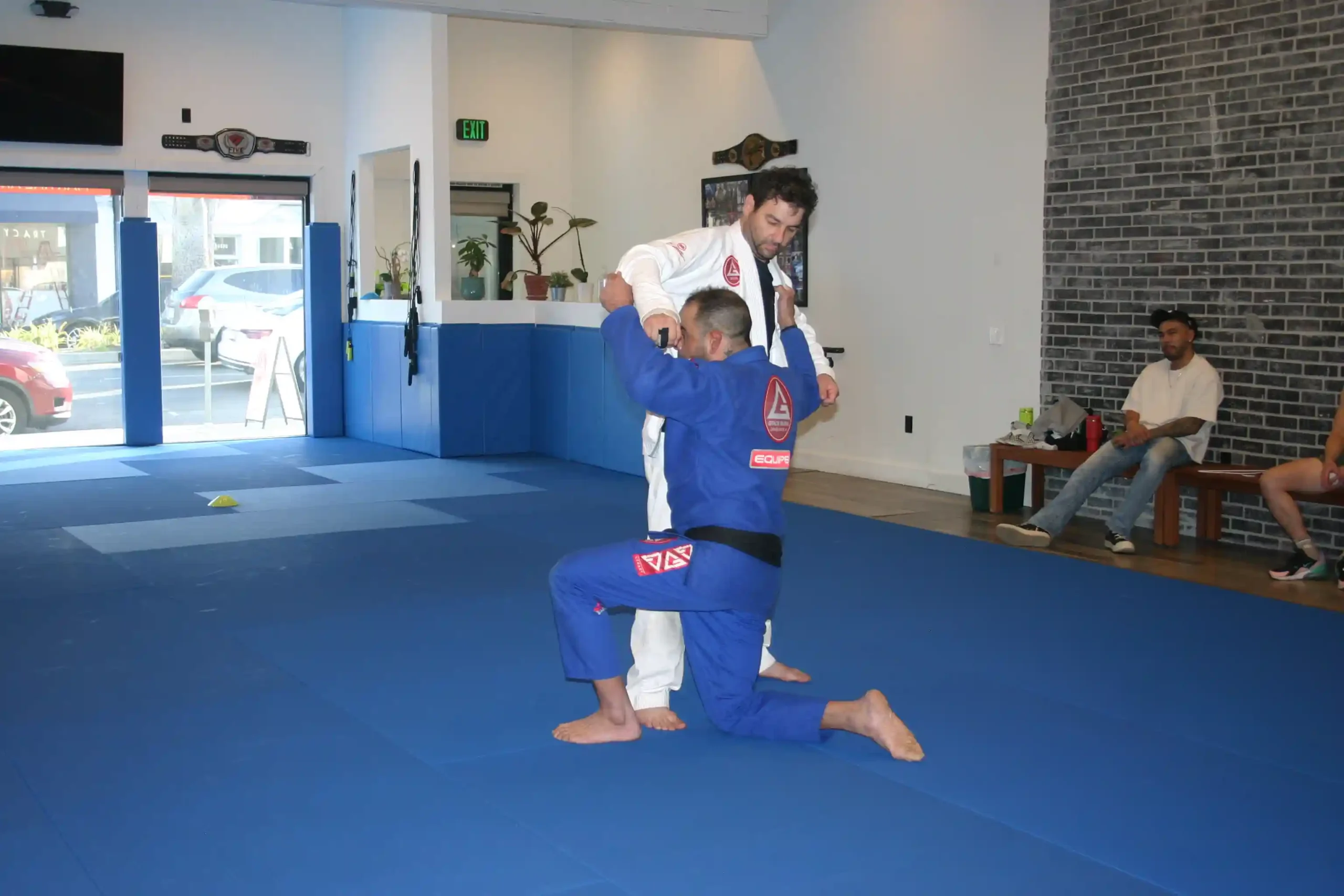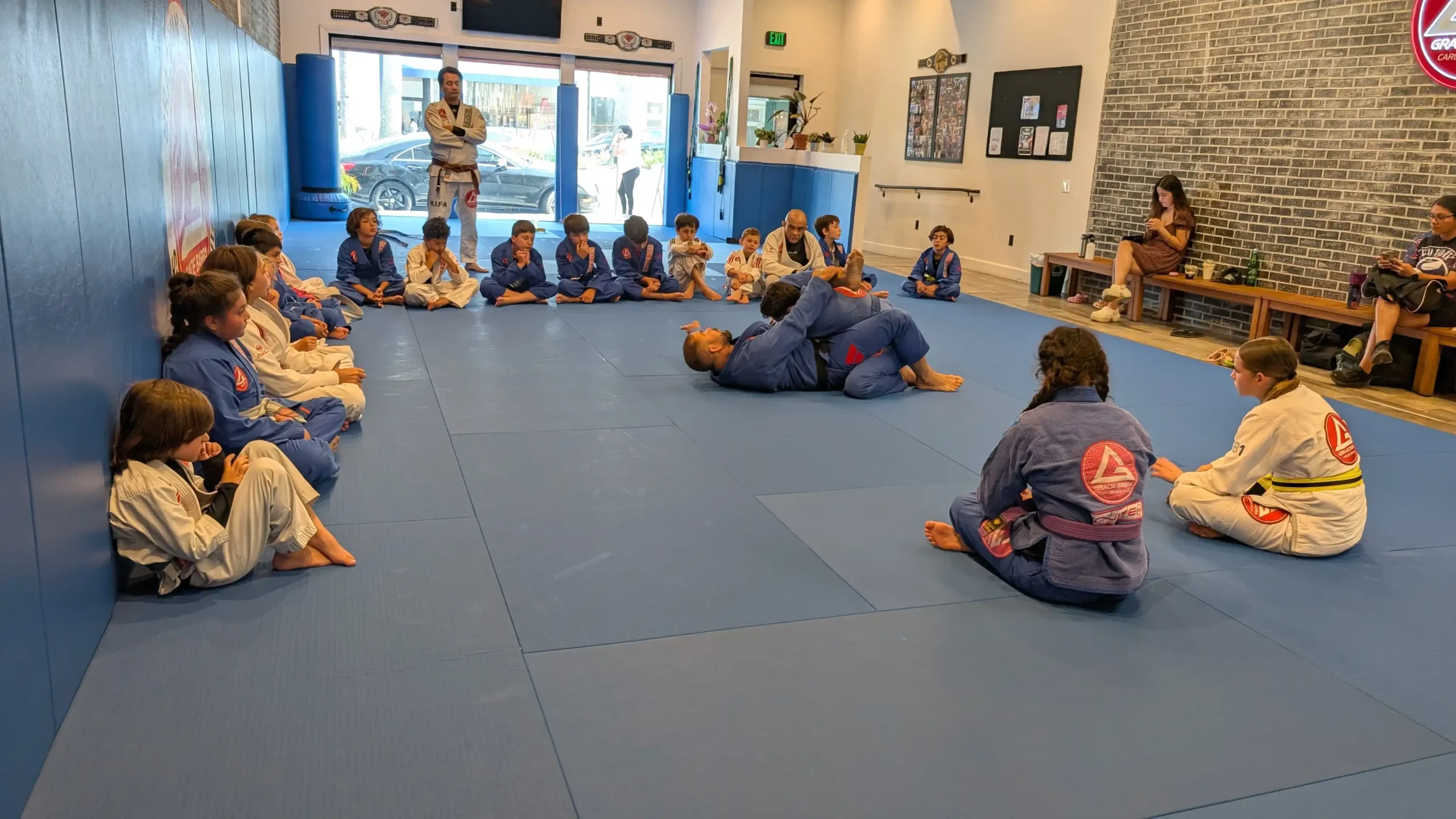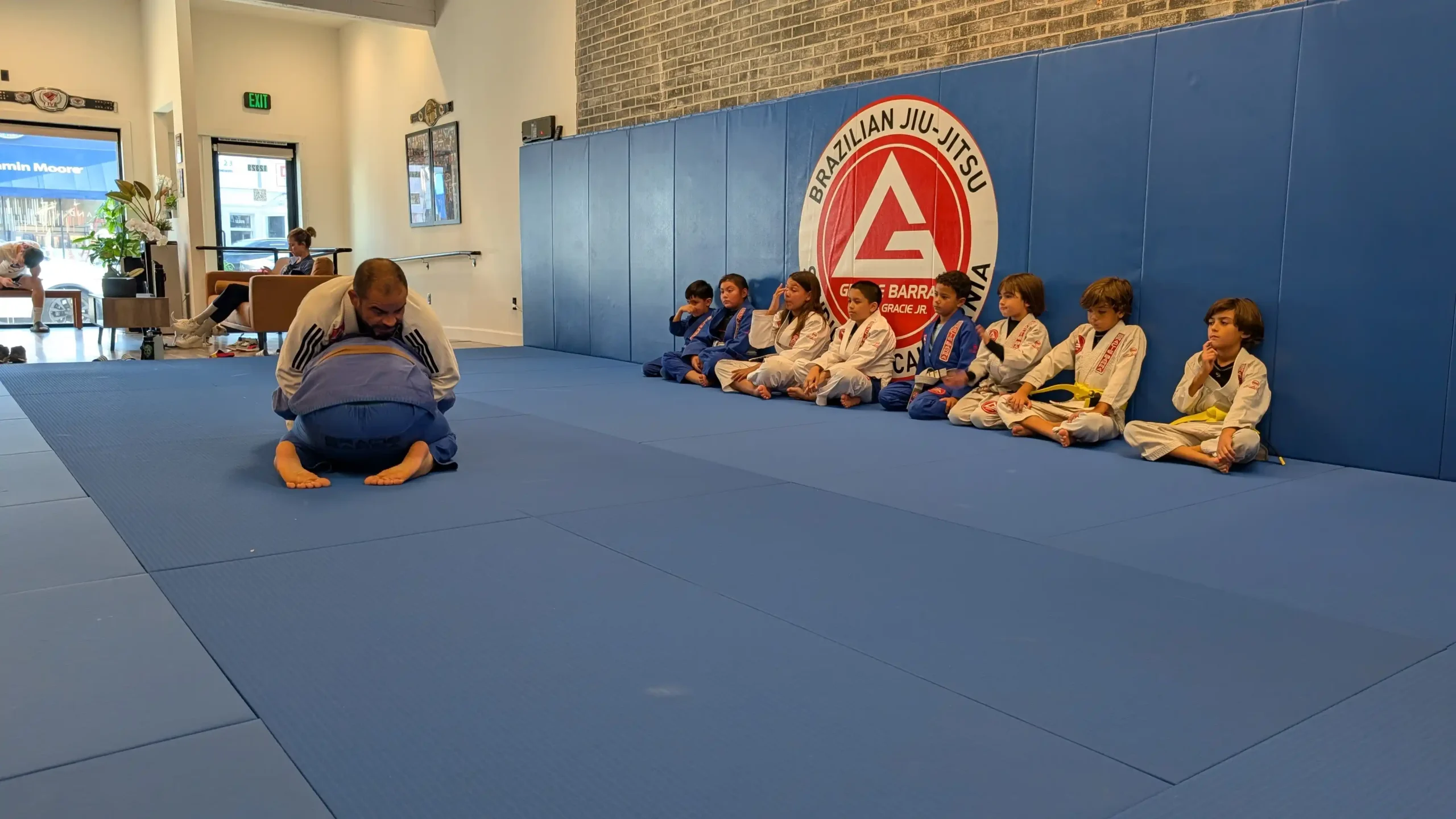Starting your first Brazilian Jiu-Jitsu or Muay Thai class can be a significant milestone. You might feel nervous, second-guess everything, and maybe even wonder if you belong at all.
But here’s the thing: just showing up is the hardest part. Once you’re on the mat, things start to get easier, one step at a time. You don’t have to be perfect. Just keep turning up, and the rest will follow.
Whether you’re starting a Brazilian Jiu-Jitsu beginner program or signing up for Muay Thai beginner classes, this guide will help you step in with more confidence and less hesitation.
Mindset Tips for Martial Arts Beginners: From BJJ to Muay Thai
1. You’re Supposed to Feel Lost at First
Don’t panic if nothing makes sense in your first few classes. It’s normal for beginners in Brazilian Jiu-Jitsu and Muay Thai to feel overwhelmed at first. Expect confusion, and know it’s part of the process.
2. Honor the Beginner’s Mindset
In martial arts, this is called shoshin. It means showing up curious, humble, and open to learning. Whether you’re doing BJJ or a beginner’s Muay Thai training program, don’t expect mastery. Expect progress to be slow, steady, and honest.
3. Consistency Over Intensity
It’s not about crushing every class, it’s about returning tomorrow. Train 2–3 times a week, and you’ll improve faster than someone who goes hard for one week and then disappears. This holds whether you’re enrolled in Brazilian Jiu-Jitsu classes or a Muay Thai beginner course.
4. Respect the Culture
Martial arts come with deep traditions. Bowing, discipline, hygiene, and listening to instructors are all part of it. Whether you’re in a Brazilian Jiu-Jitsu academy or a Muay Thai gym, show respect for your training space and partners.
5. Progress Is Invisible Until It’s Not
You won’t notice the small improvements, but others will. One day, a sweep lands effortlessly, or your jab feels sharp. That’s the payoff of patient, consistent training, especially in Brazilian Jiu-Jitsu beginner programs and Muay Thai basics.

Transform Your Fitness Journey—Book a Free Trial Class!
What to Expect in Your First Classes
Starting your first Brazilian Jiu-Jitsu or Muay Thai class can feel like stepping into uncharted territory, but knowing what to expect can make those first few sessions feel a lot more manageable and a lot less intimidating. Here’s a breakdown of what your first classes will likely look like in both disciplines and what early progress feels like.
Brazilian Jiu-Jitsu (BJJ) Class
Attire: Most Brazilian Jiu-Jitsu beginner programs will require a gi, the traditional training uniform. Some academies also offer no-gi classes, where you’ll wear a rash guard and grappling shorts. If you’re just starting, don’t worry if you don’t have gear yet; many gyms will loan you what you need for the first class or two.
Class Structure: Classes usually start with a warm-up (think shrimping, rolls, and mobility drills), followed by technique instruction, and then partner drills where you practice the move with someone else. Some classes finish with light or controlled sparring, called “rolling.” Don’t stress about keeping up, everyone was new once, and your instructor will guide you through it.
Progression: Belts in Brazilian Jiu-Jitsu aren’t handed out quickly. Most students stay at each belt for years. That said, your first few weeks will still feel rewarding. You’ll notice improvements in your coordination, confidence, and understanding of basic positions. Many Brazilian Jiu-Jitsu academies also use striped small markers on your belt to show progress between promotions.
Muay Thai Class
Attire: You’ll need hand wraps and gloves. Athletic clothes, shorts, and a T-shirt or tank are fine. Shin guards usually come into play later, once you’re doing more partner drills or sparring.
Class Structure: A typical Muay Thai beginner class starts with shadowboxing or skipping, moves into pad work, partner drills, kicks, knees, punches, and wraps up with conditioning. It’s a mix of technical work and fitness, and most instructors will focus on helping you build good form before adding speed or power.
Progression: There’s no belt system in Muay Thai. Instead, progress is seen in how your technique improves, how comfortable you become with movement, and how consistently you train. It’s a slower, steady build, but you’ll feel it. Punches land more cleanly, your balance improves, and combinations start to flow.
Beginner Training Advice for Brazilian Jiu-Jitsu and Muay Thai Students
Start strong with these essential training tips for Brazilian Jiu-Jitsu and Muay Thai beginners, covering technique, mindset, etiquette, and physical prep to help you train smarter and stay consistent.
For Brazilian Jiu-Jitsu Beginners
One of the most underrated skills in BJJ? Breathing under pressure. Stay calm, even when you’re in a tough spot. And remember: leave your ego at the door. The best training partners are the ones who help others grow, not the ones trying to win every role.
Advice for BJJ Students
- Show up 2–3 times per week.
- Focus on core fundamentals like guard retention and escapes.
- Tap early, tap often, every tap is a lesson.
- Clean gear and good hygiene matter.
- Learn to breathe under pressure.
- Being a good training partner and ego-free training helps everyone grow.
For Muay Thai Beginners
Start by dialling in your stance, jab, and footwork. They might seem basic, but they’re the backbone of everything you do. Expect soreness in your shins, shoulders, and legs. That’s just part of the adaptation process.
Invest in a good pair of gloves and hand wraps early on. You don’t need to go top-tier right away, but quality gear protects you and your training partners. Over time, you’ll come to appreciate the traditions and rituals of Muay Thai. Understanding the art’s cultural roots adds a layer of meaning to your practice.
Supplement your sessions with cardio jump rope, running, or swimming. It’ll build your endurance and make your training sessions feel smoother.
Advice for Muay Thai Students
- Master your stance, jab, and footwork.
- Expecting full-body soreness early on, this is normal.
- Start with quality gloves and wraps.
- Understanding Muay Thai’s cultural roots adds meaning to every movement.
- Adding cardio, jump rope, running, and swimming will complement your training.
Mistakes Most Beginners Make in BJJ and Muay Thai (and How to Avoid Them)
Perfect for those enrolled in Brazilian Jiu-Jitsu beginner programs or Muay Thai beginner classes, spot these common pitfalls early and set yourself up for success.
Skipping Warm-Ups
It’s tempting to slide in late and jump right into training, but warm-ups aren’t optional. They’re designed to activate your muscles, improve mobility, and get your mind focused. Skipping them puts you at a much higher risk of injury, especially in high-contact sports like Muay Thai or Brazilian Jiu-Jitsu.
Overtraining
The excitement of starting something new can lead to doing too much, too soon. Training six days a week sounds impressive until you’re burned out or injured. Recovery is just as important as the sessions themselves. Your body needs rest days to adapt and improve.
Ignoring Feedback
Whether it’s a small tip from a senior student or a correction from your coach, feedback is gold. Stay open, ask questions, and listen carefully. Most progress in martial arts comes from making micro-adjustments, and those often come from someone else noticing what you can’t see yet.
Step Onto the Mat and Start Your BJJ Adventure!
Facing the Tough Parts of BJJ and Muay Thai as a Beginner
Getting into a martial art for beginners can be rough. Whether you’re in Brazilian Jiu-Jitsu classes or a Muay Thai beginner program, here’s how to keep your fire going early on.
Physical Fatigue
Feeling sore during your first few weeks is normal. Muay Thai and Brazilian Jiu-Jitsu work muscles you didn’t even know were there. The ache goes away, but recovery takes effort. Eat nourishing food, stay hydrated, and make sleep a priority. Your recovery matters just as much as training.
Mental Frustration
There will be days when nothing seems to click. You might forget a technique you drilled last week or feel like you’re falling behind. That’s okay. Progress in both Brazilian Jiu-Jitsu beginner programs and Muay Thai training isn’t linear. Keep showing up; those plateaus always lead to breakthroughs.
Injuries
Minor injuries can happen, especially if you’re overtraining or pushing through fatigue. The key is listening to your body. Don’t ignore warning signs. Rest when needed, communicate with your coach, and always prioritize safe training over ego.
Plateaus
Hitting a wall with your training? It happens. One way to break through is by switching things up, trying a different instructor, joining a sparring-focused class, or booking a private session to work on specific issues. Variety keeps your mind engaged and your body adapting.
Fueling Your Martial Arts Journey: Recovery Tips for Brazilian Jiu-Jitsu and Muay Thai Beginners
Taking care of your body is part of the journey. Recovery and nutrition play a big role in how far you go in Brazilian Jiu-Jitsu beginner programs and Muay Thai classes. Build smart habits that keep you moving, improving, and injury-free.
Eat whole foods, lean protein, veggies, and complex carbs.
Your body needs real food to bounce back and get stronger, especially after tough sessions in Brazilian Jiu-Jitsu for beginners or Muay Thai beginner classes. Go for meals that fuel you: grilled chicken with sweet potatoes, quinoa bowls, or veggie-packed stir-fries. The better you eat, the better you recover and the more energy you’ll have next time.
Stay hydrated. Always.
Whether you’re dripping through a Muay Thai session or rolling in a tough BJJ class, dehydration hits hard. Keep sipping water throughout the day, not just at training, and think about adding electrolytes after those intense sessions to help your body bounce back faster.
Sleep. A rest day can be your most productive training day.
Progress doesn’t happen in the gym; it happens when your body recovers. Aim for 7–9 hours of quality sleep, and don’t feel guilty about taking a rest day. Brazilian Jiu-Jitsu for teens and adults, as well as Muay Thai, both require long-term consistency, not burnout.
Use supplements (like protein or magnesium) mindfully, if needed.
Supplements can help, but they’re not a shortcut. A protein shake after class can support muscle repair. Magnesium may ease soreness. But always prioritize real food and talk to your coach or a nutritionist if you’re unsure.
Tracking Your Martial Arts Progress: From BJJ White Belt to Muay Thai Mastery
Learn how to spot your progress in Brazilian Jiu-Jitsu beginner programs and Muay Thai beginner classes. Keep your goals realistic, stay steady, and celebrate those small wins along the way.
Set Realistic, Short-Term Goals
Don’t aim to master everything at once. If you’re new to a Brazilian Jiu-Jitsu class, focus on escaping side control or learning a basic sweep. In Muay Thai beginner classes, aim to tighten your stance or improve your jab. Small goals help you stay motivated without feeling overwhelmed.
Track Your Improvements
Keep a simple training journal or just make a mental note after each session. Did you last longer in a roll without tapping? Did your roundhouse kick feel more balanced? Progress in martial arts for beginners isn’t always visible; it’s often felt.
Ask for Feedback
Whether you’re at a Brazilian Jiu Jitsu Academy or a local Muay Thai gym, your coaches and training partners are great sources of insight. A small correction from them can unlock major progress. Don’t be afraid to ask how you’re doing.
Stay Consistent
No matter the style, Brazilian Jiu-Jitsu for beginners or Beginners Muay Thai Training Program, showing up regularly is more powerful than training hard once in a while. Even two sessions a week add up fast over time.
Celebrate Small Wins
Progress isn’t just a new belt or mastering a technique. It’s showing up on a day you didn’t feel like it. It’s surviving an extra round of sparring. In Brazilian Jiu Jitsu Los Angeles programs or any beginner martial arts class, those small wins are what keep you going.
Conclusion: Progress Starts with Showing Up
At Gracie Barra Studio City, we’re here to support you through every step of the journey. Join us for a free intro class at Gracie Barra Studio City and see what it’s like to train in a space that’s truly welcoming to beginners.
Frequently Asked Questions
You don’t need to be fit to start; that’s what the training is for. Both Brazilian Jiu-Jitsu and Muay Thai beginner programs are designed to build you up, not break you down. Bit by bit, you’ll feel stronger, move better, and walk with more confidence. Two to three times a week is plenty to start. It’s not about going all in on day one; it’s about showing up, staying consistent, and letting the progress sneak up on you.
It’s more than just fitness. With Brazilian Jiu-Jitsu or Muay Thai, you’ll build confidence, sharpen focus, learn discipline, and become part of a community that’s got your back on and off the mat.
Besides fitness, Brazilian Jiu-Jitsu and Muay Thai offer incredible mental and physical rewards, as well as Confidence, focus, discipline, self-defense, and being part of a tight-knit community.
Progress looks different for everyone. In Brazilian Jiu-Jitsu, it could take 1–2 years just to move from white to blue belt. In Muay Thai, it’s more about how well your technique develops. Show up, train smart, and you’ll see real growth within months.
Look for a place that feels welcoming. Are the instructors helpful and patient? Are classes available for all age groups? A good Brazilian Jiu-Jitsu academy or Muay Thai gym will feel like a community, not just a workout space.
Gracie Barra Studio City offers a variety of flexible and beginner-friendly Jiu Jitsu membership options for students of all ages and experience levels:
Unlimited BJJ + Muay Thai –
Full access to both Brazilian Jiu-Jitsu and Muay Thai classes with no restrictions.
Unlimited Brazilian Jiu-Jitsu Only –
Access all BJJ classes, excluding Muay Thai.
2×/week BJJ + Muay Thai –
Two combined classes per week across both disciplines.
2×/week BJJ (includes open mat) –
Train in BJJ twice weekly, plus extra mat time for solo practice or rolling.
Unlimited Muay Thai (includes open mat) –
Complete access to Muay Thai classes and dedicated open mat sessions.
2×/week Muay Thai –
Two Muay Thai sessions per week are ideal for focused striking training.
